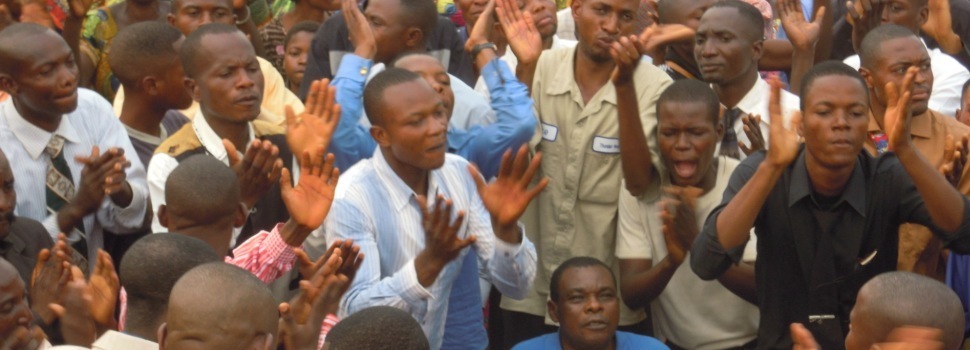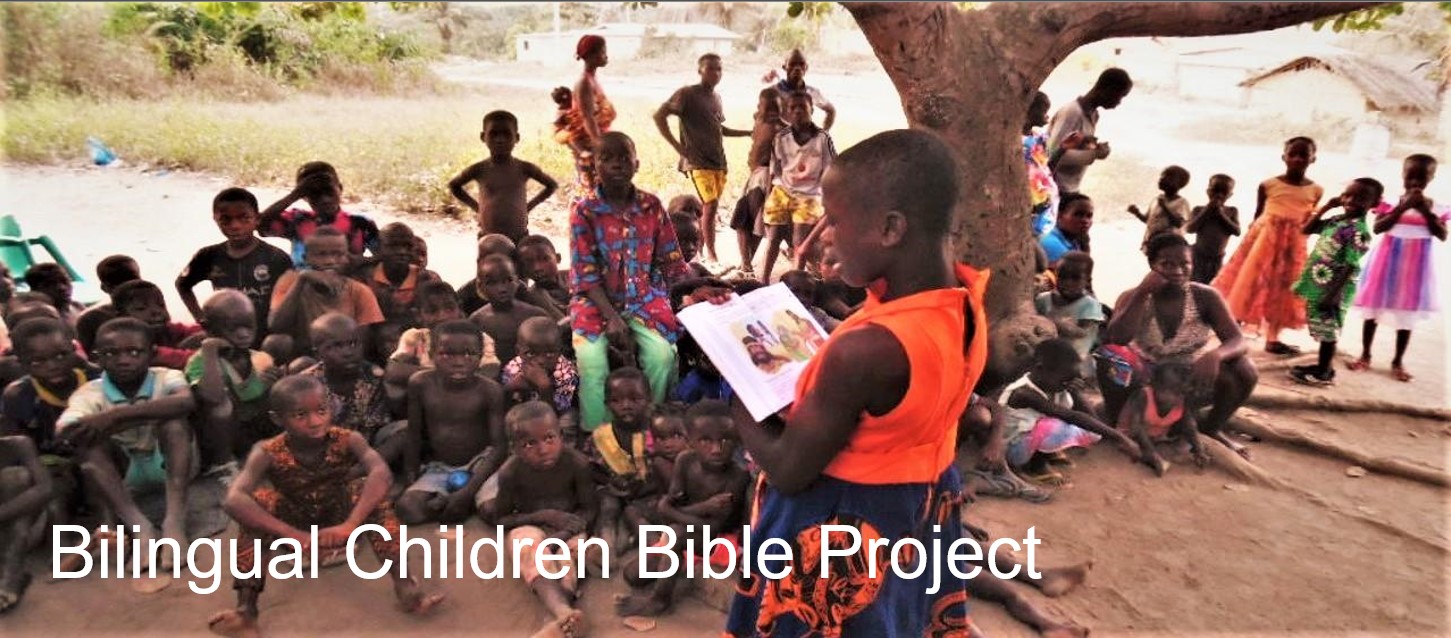REPORT of the trip to NEPAL, Feb. 2024
Introduction
The arrival in Kathmandu was pleasant, but that changed within a few hours, when I published a blog the next morning. Although I had taken a very cautious approach so that no one could take offense, the mere fact that I was in Nepal mobilized many thousands. That fits into a smear campaign that is going on. My photo was spread (thousands of times and also posted on an open channel) and people asked for my banishment. My whereabouts had to be reported to a very large group of fanatics, who (via approximately 300 malicious messages on Facebook) wished me ill, physically threatened me and in 15 cases even said they would kill me. This coincided with fierce political protests from the third largest political party, which wants to restore the monarchy and make Nepal a pure Hindu state. (For the good listener, now about 35% of Nepalese are Hindu, although many animists also are in that figure). I had to cut the trip short (additional expenses!) after working freely in a rather safe district for one week. Our team-workers and churches are also threatened. That is why I am not mentioning names in this report or in other messages about Nepal.
Church Growth Conference
In an area of about thirty by thirty kilometers in the Mawakanpur district (east and south of Kathmandu), most people are Christians. The vast majority of the others people living over there are Buddhists. There we could safely convene a Church Growth conference with 91 participants, including 21 pastors. They assured me that I would be safe. But the threats left their mark on many participants.
Workshops for new small group leaders
We held a short training for future leaders of follow-up groups in three places. 189 people took part, including 29 pastors. One of them is the leader of a union of 55 churches. Great enthusiasm! It has been agreed that at least 40 follow-up groups with approximately 500 participants are to be established, in the first place for new believers. One preacher came from 100 kilometers away, with the intention of setting up such groups throughout his region (bordering India). During this trip, one Majhi woman came to know Christ. At the same time we heard of a dozen others following the road of salvation, mainly in western Nepal, through our team members.
Ethnological facts
The tribes living in the indicated area are the Tamang-Pahari and the Danwar-Rai. They are seen as the 'lowest' of the Tamangs and Rai tribes. (In Nepal everyone is considered higher or lower than others). Furthermore, we were in touch with the Majhi caste, and a special clan thereof called the Kushuwar. According to their tradition, they originally came from Kush (mentioned in the Bible), a name that has not been used for more than 1,500 years for what is now called Sudan.
Failed?
Did this trip fail because I had to leave the country and even needed to hide myself for days? The opposite seems to be the case. The team-workers have taken courage and all program components (except one church service) of the original program for this journey Have been realized. The team members feel strong enough by now to conduct the training sessions for new small group leaders and even to be the speakers in a Church Growth conference. Two new speakers were hastily brought in: a pastor from Damak, who is a long time friend of us and who is the regional leader of 40 churches. He has already attended several of our conferences and is very enthusiastic about our teaching. Besides him we invited a teacher from Siliguri (India) who translated two of our booklets into Bengali, a man who also studied theology. Furthermore, one of our evangelists taught an item about Church Growth for the first time, and he did well. This happened in Mawakanpur. It seems that, after an initial shock, the threat made our people stronger than ever. Six small group leadership courses and one conference on Church Growth have been realized after my departure, all of it in the eastern part of the country. That is also the region where the fiercest ‘Hindu’ fanatics are located. Our former leader in Nepal, a preacher from Kathmandu, who serves now as the chairman of the Board of our Nepalese movement, insists that he wants to regularly teach in our conferences.
Expansion
Far-reaching plans have been made to quickly set up work in Bangladesh (among minorities) and in Malaysia, among the hundreds of thousands of Nepalese migrant workers. Qatar and Dubai could follow in the autumn (fully or partly paid for by the Nepalese workers there). Qatar is home to 330,000 Qataris and almost 700,000 Nepalis. Labor migration is a big problem here. Nepal is an economic mess. Almost all young people leave. We also have new work in mind in Bhutan (with a Nepalese majority!). This summer we also want to organize a Church Growth conference (from Nepal) in the area of Darjeeling (India).
Conclusion
The situation improved when (through a ruse) many got the impression that I was no longer in the country. Only one negative message was received at that time. But in future I will not be able to openly declare that I am travelling to Nepal. Probably it is not necessary to travel over there. The local movement does not need my presence like before. Fortunately, 125 to 150 people are kept informed via e-mail messages ('special messages'), sent by Henk Brouwer from Drachten. That number is growing steadily. The workers in Nepal continue full of hope and enthusiasm, more committed than ever. Our work is growing and flourishing. This certainly applies to our work among six minority groups.
Abram Krol
1 maart 2024

